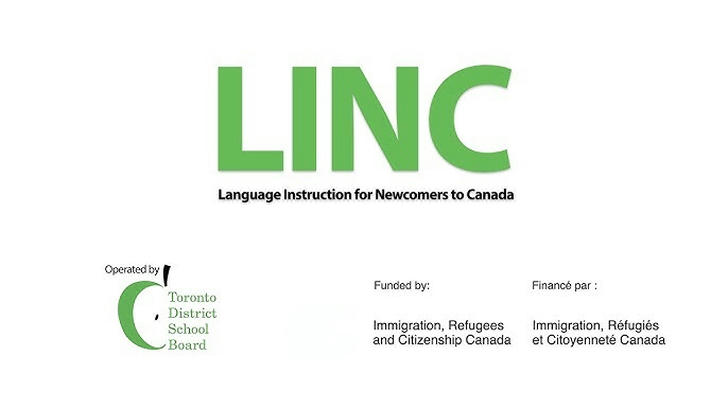Canadian Government-Funded English Courses for New Immigrants: What You Should Know
Moving to Canada is often a challenging but exciting learning process—especially mastering English, one of the country’s official languages. To support permanent residents and refugees, the Canadian government funds the Language Instruction for Newcomers to Canada (LINC) program, which offers English classes for all skill levels, both in-person and online.

📝 What is the LINC program?
LINC is an official English language training program funded by Immigration, Refugees and Citizenship Canada (IRCC) for newcomers (permanent residents and refugees). The program is guided by the Canadian Language Benchmarks (CLB) and covers everyday life, workplace and community settings. The CLB is a nationally recognized framework that defines learners' listening, speaking, reading and writing skills.
Classes may be taken full-time or part-time, and include dedicated offerings such as LINC Literacy for learners with limited prior education, and LINC Home Study for those who cannot attend in-person .
✅ Who Is Eligible?
To enroll, you must be:
A Permanent Resident, or A Convention Refugee, or Approved in principle for permanent residence (with PR documents pending)
🗓 Course Structure & Delivery
LINC classes generally follow a 47-week academic year, divided into multiple semesters. For example, TIES in Calgary offers:
Full-time semesters, running ~Monday through Friday
Part-time day, evening, or weekend options, also spanning ~42–47 weeks
🏫 Learning Formats Available
In-Person and Hybrid: Many community organizations—like TIES in Calgary or MOSAIC in British Columbia—offer classroom-based teaching with structured curricula and family-friendly support such as childcare .
Home Study (Online): Designed for learners who can't attend in person due to disability, work hours, or geographic constraints. Learners complete online modules with weekly instructor check-ins via phone, Zoom, or Skype.
LINC Literacy: Tailored for adults with low literacy or minimal formal schooling, this program still follows CLB standards but in smaller class settings for targeted support .
🎯 Why This Matters for Newcomers
1. Language Skills for Daily Life and Integration
LINC helps newcomers develop essential English skills—including speaking, reading, and comprehension—to support daily activities such as accessing healthcare, navigating public services, and hiring childcare or housing.
2. Employment Readiness
Many LINC classes integrate employment training. For example, TIES offers the Workplace Online Retention Class (WORC), which combines workplace communication skills with English practice, healthy for career progression.
3. Community Orientation & Cultural Awareness
Courses often include lessons on Canadian civic knowledge, healthcare systems, workplace culture, and Indigenous history and awareness. TIES has also collaborated with Indigenous elders to develop CLB‑appropriate lesson plans that integrate local cultural content.
⚙️ Key Supporting Policies
1.CLB Standards:
Language instruction is structured around Canadian Language Benchmarks (CLB 1–12), ensuring consistent progression in real-world literacy and communication skills .
2. National Settlement Program Funding:
The federal government supports delivery through local settlement agencies (like TIES, MOSAIC, and ECSD LINC), which provide wraparound services including language classes, employment support, and childcare .
3. Flexible Program Delivery:
IRCC funding supports a variety of delivery modes—full-time, part-time, literacy-specific, and home study—to ensure learning is accessible regardless of personal circumstance .
✍️ How to Get Started
To enroll in LINC:
Take a language assessment (e.g. at CLARC or an equivalent test centre) to determine your CLB level.
Obtain a referral form and identifying documents (PR card, CLB result).
Register at a local settlement agency or ESL provider delivering LINC.
Choose a format that works for you—full-time, part-time, online, or hybrid.
Be aware that childcare and digital options are often available to support your participation.
✔️ Conclusion
The Canadian government’s LINC program stands out as a cornerstone of newcomer integration strategy. It provides comprehensive, CLB-based English instruction, delivered through flexible formats and supported by settlement organizations across the country. Whether you’re a permanent resident or arriving as a refugee, LINC offers the tools to build language confidence, improve job prospects, and settle into Canadian life with greater ease. For newcomers eager to thrive in Canada, enrolling in LINC is an essential first step.
